At Swell UK, we offer a range of high-quality liners perfect for any garden pond, from small wildlife ponds to large koi ponds. Our range of liners include a variety of materials including rubber, HDPE, PVC and butyl pond liners, from top brands like Gordon Low, or our very own high-quality Swell range.
Pond Liners
-
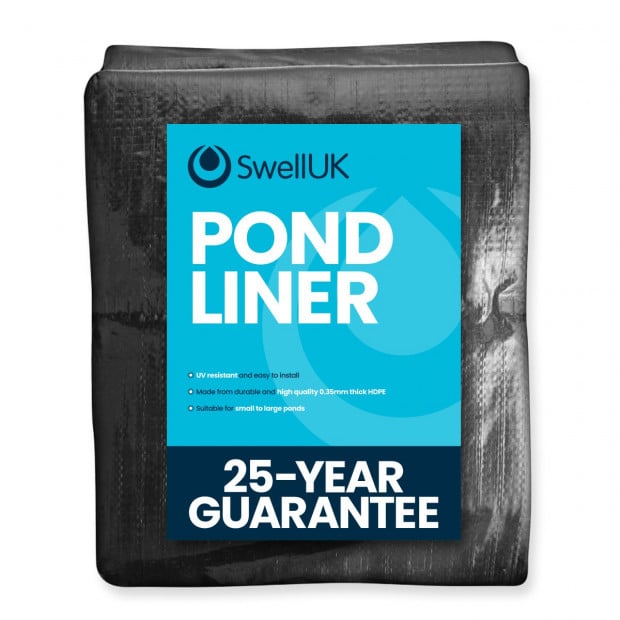
-
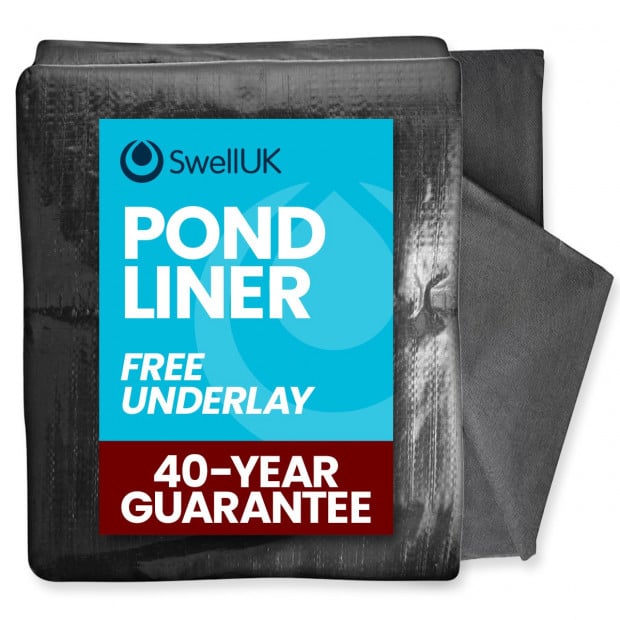 Swell HDPE Liner 40-Year Guarantee With Free UnderlayIn stockFrom £9.03 Regular Price £36.75 Save £27.72
Swell HDPE Liner 40-Year Guarantee With Free UnderlayIn stockFrom £9.03 Regular Price £36.75 Save £27.72 -
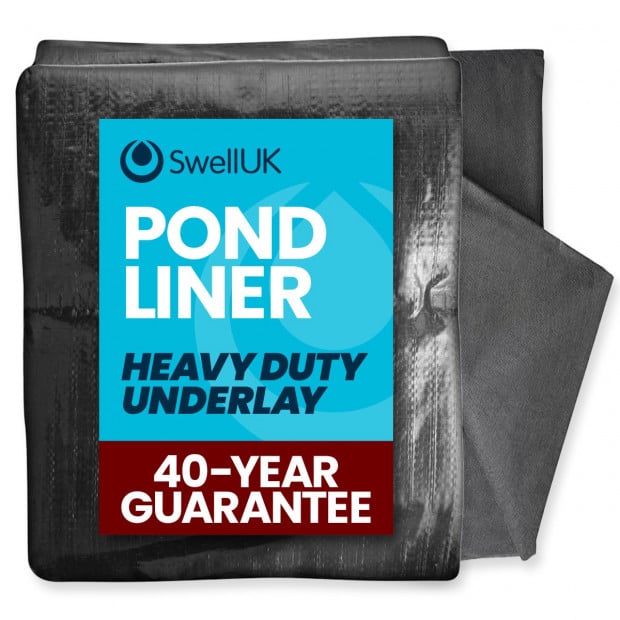 Swell HDPE Liner 40-Year Guarantee With Heavy Duty UnderlayIn stockFrom £8.36 Regular Price £14.99 Save £6.63
Swell HDPE Liner 40-Year Guarantee With Heavy Duty UnderlayIn stockFrom £8.36 Regular Price £14.99 Save £6.63 -
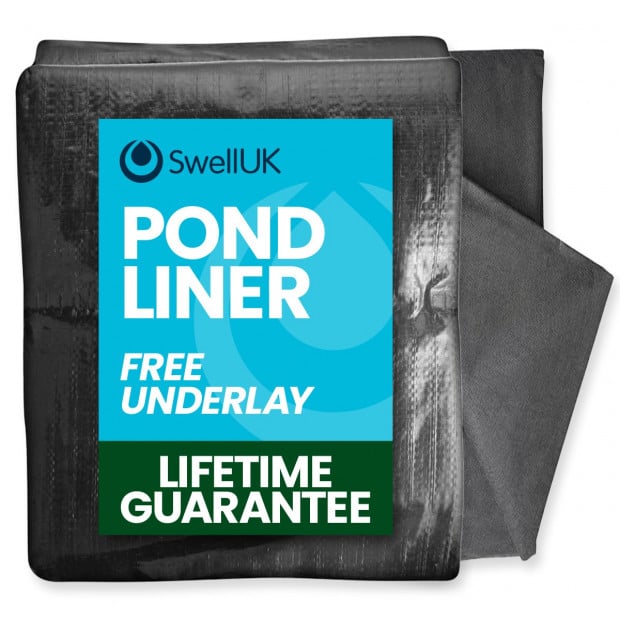 Swell HDPE Liner Lifetime Guarantee With Free UnderlayIn stockFrom £8.63 Regular Price £15.99 Save £7.36
Swell HDPE Liner Lifetime Guarantee With Free UnderlayIn stockFrom £8.63 Regular Price £15.99 Save £7.36 -
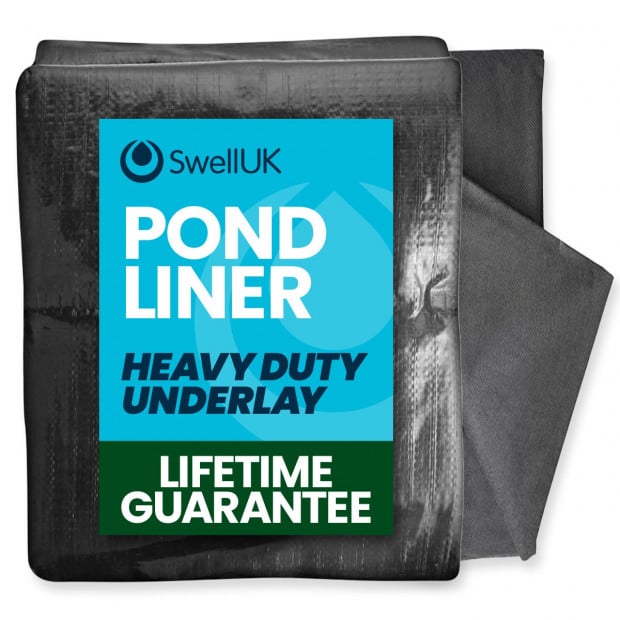 Swell HDPE Liner Lifetime Guarantee With Heavy Duty UnderlayIn stockFrom £9.44 Regular Price £16.99 Save £7.55
Swell HDPE Liner Lifetime Guarantee With Heavy Duty UnderlayIn stockFrom £9.44 Regular Price £16.99 Save £7.55 -
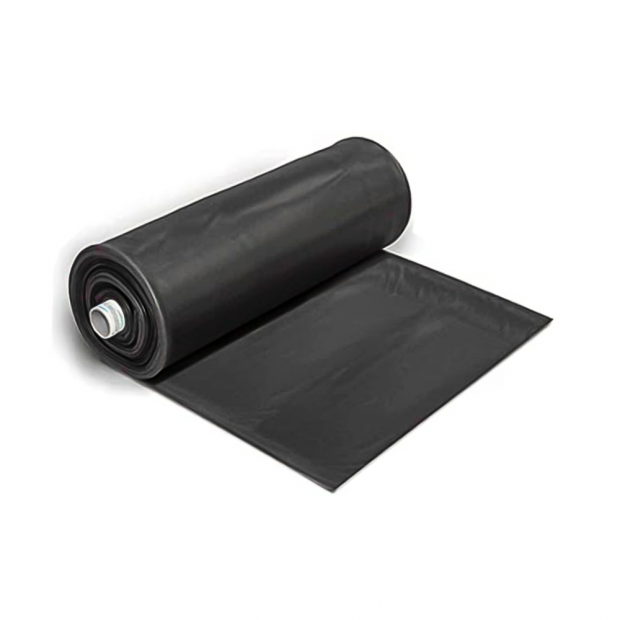 Gordon Low SealEco Greenseal EPDM Rubber Pond Liner Lifetime GuaranteeIn stockFrom £135.13 Regular Price £195.86 Save £60.73
Gordon Low SealEco Greenseal EPDM Rubber Pond Liner Lifetime GuaranteeIn stockFrom £135.13 Regular Price £195.86 Save £60.73 -
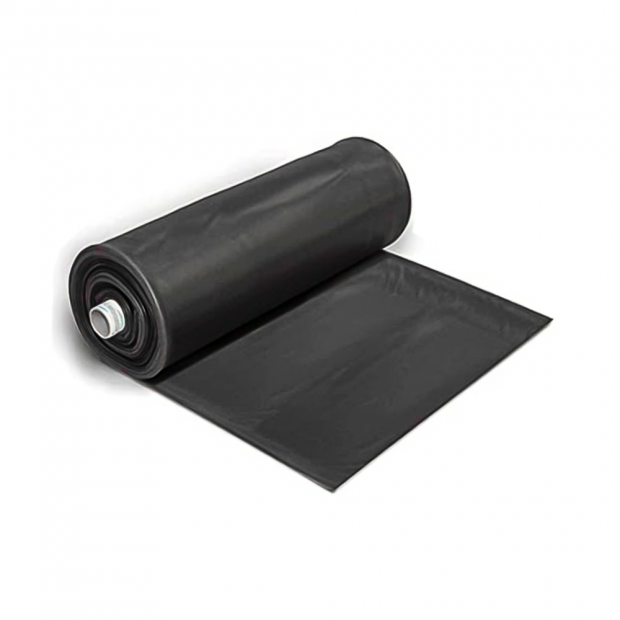 Gordon Low SealEco Firestone EPDM Rubber Pond Liner Lifetime GuaranteeIn stockFrom £184.36 Regular Price £252.88 Save £68.52
Gordon Low SealEco Firestone EPDM Rubber Pond Liner Lifetime GuaranteeIn stockFrom £184.36 Regular Price £252.88 Save £68.52 -

-
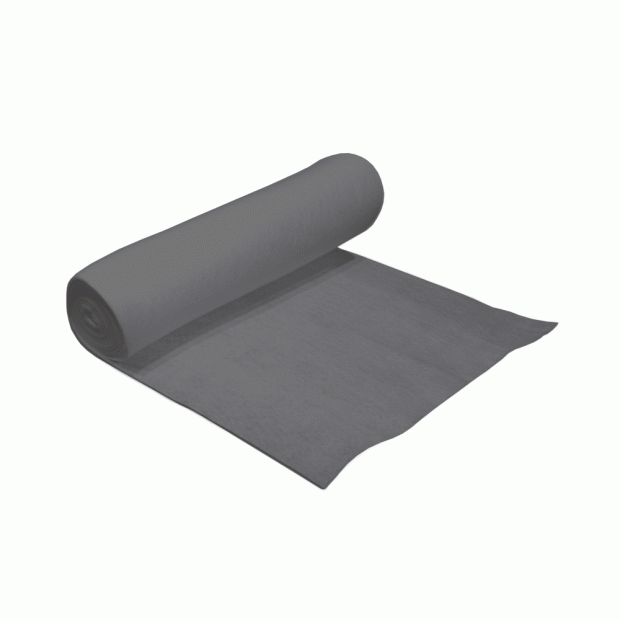
-

-

-
 Hutton Aquatic Products Gold Label Pond Liner PatchIn stockFrom £3.03 Regular Price £4.26 Save £1.23
Hutton Aquatic Products Gold Label Pond Liner PatchIn stockFrom £3.03 Regular Price £4.26 Save £1.23
Help and advice on shopping for: Pond Liners
What is the best liner for a pond?
Pond liners come in a range of different materials, and choosing the best one depends on the size or shape of your pond.
- EPDM (Rubber) liners – Flexible and long lasting. Ideal for irregularly shaped small-medium ponds.
- HDPE liners – Durable, UV and puncture resistant and cost-effective. Ideal for gently contoured ponds of all sizes.
- PVC liners – Budget friendly, lightweight and flexible. Ideal for smaller ponds.
- Butyl pond liners – Highly flexible and extremely durable. Excellent for complex shapes and long-term use in both small and medium-sized ponds.
Why choose Swell UK?
At Swell UK we guarantee:
- Lowest Price: Get the best prices on top brands (see T&Cs)
- Fast and reliable shipping straight to your door
- A wide range of liner sizes and materials
- Advice From Experts: Need some help? Our pond experts are here to advise!
Frequently Asked Questions
Does a pond liner need underlay?
Yes, we recommend to always use underlay to protect your pond liner from rocks, roots and sharp objects, preventing punctures. Our Swell Pond Liner range is available with standard or heavy-duty underlay included.
What thickness pond liner do I need?
Liners tend to vary between 0.35mm-1mm thick. With liners, thicker is always better, to reduce the chances of punctures. Most professionals recommend using 1mm thick liner, but thinner liners are more economical.
Can you install a pond liner in an existing pond?
Yes, you can install a new liner in an existing pond. It is generally recommended to remove the old liner, but with caution, you can add your new liner over it. However, water can become trapped between the two, creating a breeding ground for harmful bacteria, so it is recommended to cut into the old liner to allow drainage.
Is there an alternative to a pond liner?
Tarps, plastic sheets, and other DIY materials are not UV resistant and will degrade quickly. It is important to choose a proper pond liner for a healthy garden pond.










